Increasing Vehicle Ownership
The rise in vehicle ownership is a pivotal driver for the SLI Battery Aftermarket Industry. As more individuals acquire vehicles, the demand for reliable starting, lighting, and ignition (SLI) batteries escalates. Recent data indicates that vehicle ownership rates have surged, with millions of new cars registered annually. This trend suggests a corresponding increase in the need for battery replacements and aftermarket services. Furthermore, as vehicles age, the likelihood of battery failure increases, further propelling the aftermarket demand. The SLI Battery Aftermarket Industry is thus positioned to benefit from this growing consumer base, as vehicle owners seek quality replacements and services to ensure optimal vehicle performance.
Rising Awareness of Battery Maintenance
The increasing awareness of battery maintenance among consumers is a significant driver for the SLI Battery Aftermarket Industry. Educational initiatives and marketing campaigns have highlighted the importance of regular battery checks and maintenance, leading to a more informed consumer base. As vehicle owners recognize the benefits of proactive battery care, they are more inclined to invest in quality aftermarket products and services. This trend is reflected in the growing sales of battery maintenance tools and accessories. Moreover, the SLI Battery Aftermarket Industry stands to gain from this heightened awareness, as consumers seek reliable solutions to prolong battery life and enhance vehicle performance.
Shift Towards Electric and Hybrid Vehicles
The shift towards electric and hybrid vehicles is emerging as a transformative driver for the SLI Battery Aftermarket Industry. While these vehicles primarily utilize different battery technologies, the demand for traditional SLI batteries remains relevant for conventional vehicles. As the market adapts to the increasing prevalence of electric and hybrid models, there is a potential for hybrid battery systems that may require aftermarket support. This transition could lead to new opportunities within the SLI Battery Aftermarket Industry, as consumers seek specialized services and products tailored to their evolving vehicle needs. The interplay between traditional and emerging battery technologies indicates a complex market landscape, ripe for innovation and growth.
Expansion of Automotive Aftermarket Services
The expansion of automotive aftermarket services is a crucial factor influencing the SLI Battery Aftermarket Industry. As the automotive sector evolves, there is a notable increase in the number of service centers and retailers offering battery-related services. This proliferation of service options provides consumers with greater accessibility to battery replacements and maintenance. Additionally, the rise of mobile battery services, which offer on-site battery replacements, is further enhancing consumer convenience. This trend suggests a robust growth trajectory for the SLI Battery Aftermarket Industry, as more consumers turn to these services for their battery needs, thereby driving sales and service opportunities.
Technological Innovations in Battery Technology
Technological advancements in battery technology are reshaping the SLI Battery Aftermarket Industry. Innovations such as enhanced battery chemistries and improved manufacturing processes are leading to longer-lasting and more efficient batteries. For instance, the introduction of absorbed glass mat (AGM) and lithium-ion batteries has revolutionized the market, offering superior performance compared to traditional lead-acid batteries. This shift not only enhances consumer satisfaction but also drives the demand for aftermarket products and services. As consumers become more aware of these advancements, they are likely to seek out high-performance batteries, thereby expanding the SLI Battery Aftermarket Industry. The continuous evolution of battery technology indicates a dynamic market landscape, ripe for growth.


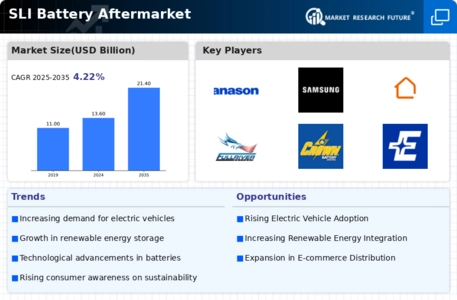
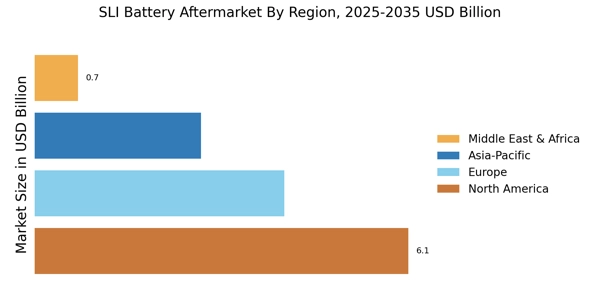
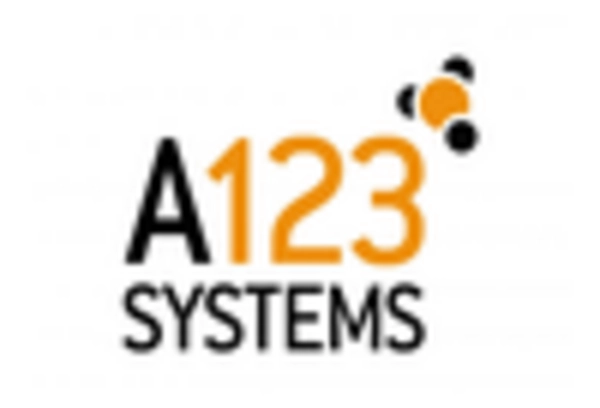
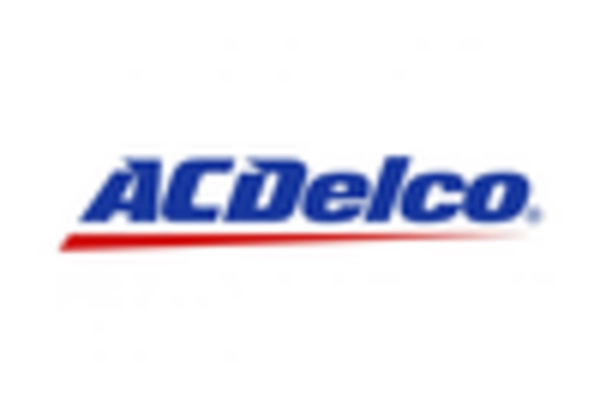

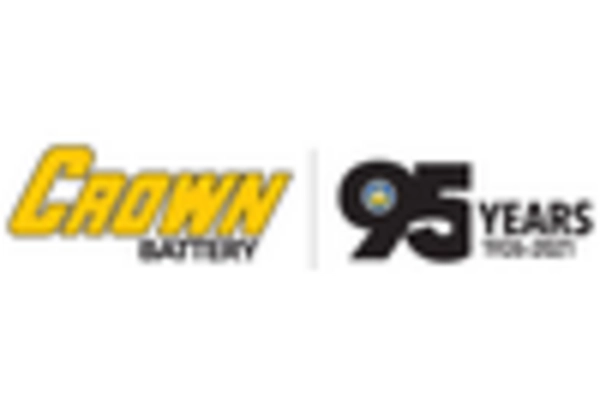



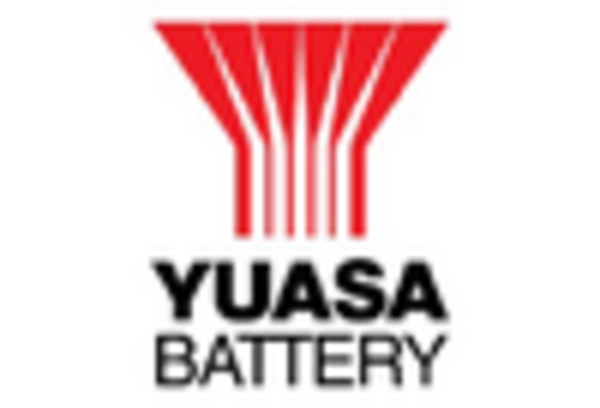








Leave a Comment